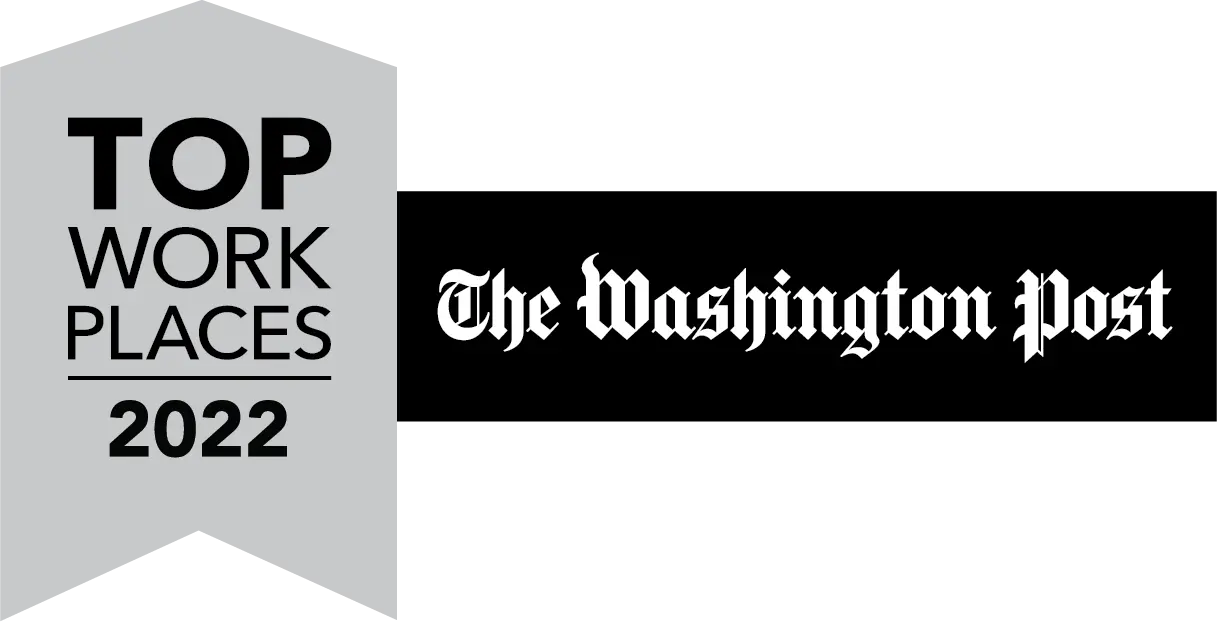Blog
Our blog offers important resources, helpful articles, and practical ideas on the human resources topics that matter to you.
Our blog offers important resources, helpful articles, and practical ideas on the human resources topics that matter to you.
Home / Media / Blog / The Big Stay: A New Workplace Trend Presents Opportunities for Small Businesses
If there’s ever been a workplace buzzword that employers will be happy to see put to rest, it’s the “Great Resignation.” As 2023 brings about significant workplace changes, the “Big Quit” is transitioning into the “Big Stay.” The share of Americans quitting their jobs and the rate of monthly job openings is declining. As pay raises for job switchers wane, the economy remains uncertain, and hiring across industries changes, employees feel less confident about switching positions. While the Big Stay sounds positive for employers, it’s not necessarily guaranteed that workers will stay put, and the tide could turn at any time.
Small business leaders can leverage this shift to encourage their employees to stay put regardless of employment trends. Keep reading to learn more about the workplace trend taking over 2023 and how you can use it to your advantage.
This new workplace trend is exactly what it sounds like. It’s a prediction that employees will hang onto their current jobs in the coming months to weather current economic conditions. The term was coined by economist Nela Richardson in a commentary based on ADP research. With US job openings down 20% in March from a year ago, it appears the period of record voluntary turnover among employees is slowing. However, many might argue that it doesn’t necessarily signal employee intentions for the future.
Still, there is more driving the trend than declining quit rates. Richardson also noted these stats:
A January 2023 survey by Valuvox supports the idea that employees feel more cautious about quitting. Nearly half of the employees interviewed (47%) will not seek a new job in 2023, and 37% plan to prioritize career growth. Additionally, the percentage of job seekers entering the job market for the first time has increased from 16% to 23%.
While the numbers are encouraging, this isn’t a good time for employers to become complacent. Although wage growth for job switchers is declining, it’s currently 6.9% compared to 5.7% for job stayers. Perhaps more importantly, overall job satisfaction is 3.6% higher among those who have found a new job since the pandemic began compared to those who have not. The concept of returns for workplace loyalty has eroded over time. As a result, employees have little reason not to switch jobs for more money. For employers to change this mindset, they’ll have to place their focus on employees.
Proactive small business leaders should see the Big Stay trend as an opportunity to engage their best-performing team members so that when the market changes, the best performers stay and thrive. These tips can help you build solid relationships with your employees to see higher retention rates despite workplace trends.
A Pew Research study revealed that 57% of US workers left a job in 2021 because they felt disrespected at work. Disrespect can come from both co-workers and managers and takes many forms. You can incorporate respect for employees into your workplace in many ways, including:
Workplace communication provides employees information about their job roles, builds relationships, and supplies company leaders with essential feedback. Create multiple avenues of communication between employees and upper management. This can include memos, messaging platforms, meetings, collaborative projects, one-on-one meetings, etc.
A PwC survey revealed that 92% of business leaders, 92% of consumers, and 94% of employees agree that organizations must build trust. However, 79% of business executives say their employees trust the company, but only 65% agree.
Transparency and accountability in leadership encompass how you interact with customers and employees. Take these steps to improve transparency in your leadership style.
According to a McKinsey study, lack of career development and advancement was why employees quit their jobs from April 2021 – April 2022. Lack of meaningful work was the fourth most cited reason. As technology evolves, workplace roles are constantly changing. Ongoing education is essential for employees to stay current in their roles. This investment improves employee engagement by showing employees they have a future in the organization.
Gartner research shows that while 82% of employees say it is essential for their organization to see them as a person, not just an employee, only 45% believe their organization sees them this way. Employees are individuals with different needs. For example, 45% of mothers with children aged five and under who left the workforce during the pandemic cited childcare as a primary reason for their departure. Employers can meet the individual needs of these employees by incorporating flexibility into schedules or providing childcare backup for employees. Conduct employee surveys and encourage employee feedback to learn more about the compensation your employees seek.
Other relevant FAQs to consider:
Considering the shift towards the “Big Stay” trend, how can small businesses strategically differentiate themselves to retain employees amidst the changing economic landscape?
Small businesses can differentiate themselves by focusing on enhancing workplace culture, providing opportunities for growth and development, offering competitive benefits, and fostering transparent communication channels. By prioritizing employee well-being and career advancement, small businesses can create an environment where employees feel valued and are more likely to stay despite external trends.
In light of the statistics indicating declining job switcher pay raises and increasing labor force participation rates, how can small business leaders tailor their retention strategies to accommodate the evolving needs and expectations of their workforce?
Small business leaders can tailor their retention strategies by emphasizing intrinsic rewards such as recognition, career advancement opportunities, and work-life balance initiatives. Additionally, they can invest in training and development programs to upskill employees and provide pathways for career growth within the organization. By understanding the changing needs and expectations of their workforce, small businesses can create a supportive and engaging work environment that encourages loyalty and commitment.
As the concept of returns for workplace loyalty erodes over time, what proactive measures can small business leaders take to foster a sense of loyalty and commitment among their employees, particularly in industries experiencing high turnover rates?
Small business leaders can take proactive measures such as implementing transparent communication practices, offering competitive compensation and benefits packages, promoting a culture of inclusivity and respect, and providing opportunities for skill development and career advancement. By demonstrating genuine care for their employees’ well-being and professional growth, small businesses can cultivate a sense of loyalty and commitment that transcends external employment trends and fosters long-term retention.
Interested in other current employment trends? Click the link to view the recent blog: Workplace Violence Prevention Policy: Is Yours Up to Date? or check back for more on human resources, payroll, insurance, and benefits.
Join the INFINITI HR family! Subscribe to our newsletter and get the latest HR news and tips.
INFINITI HR helps companies reduce costs by managing human resource functions while allowing businesses to focus on their core operations that impact profitability. Our platform provides full regulatory compliance management, on-demand HR guidance, real-time payroll /tax filing, POS integration and access into industry leading True-Group master policies for workers’ compensation, employment practices liability insurance, and other operational business coverages.
Toll free: 866-552-6360






